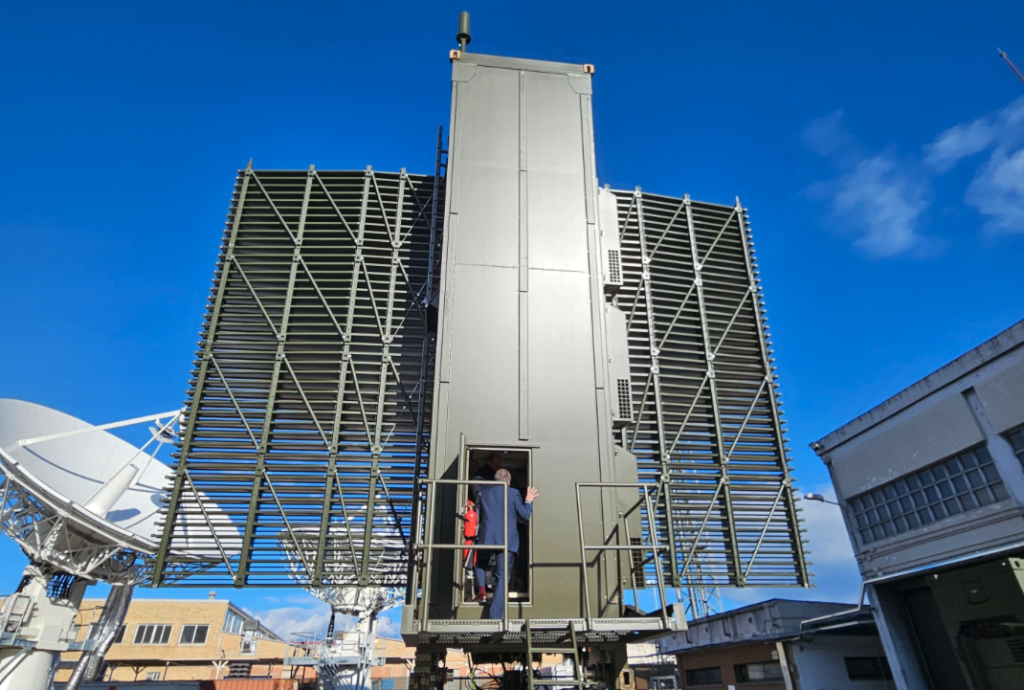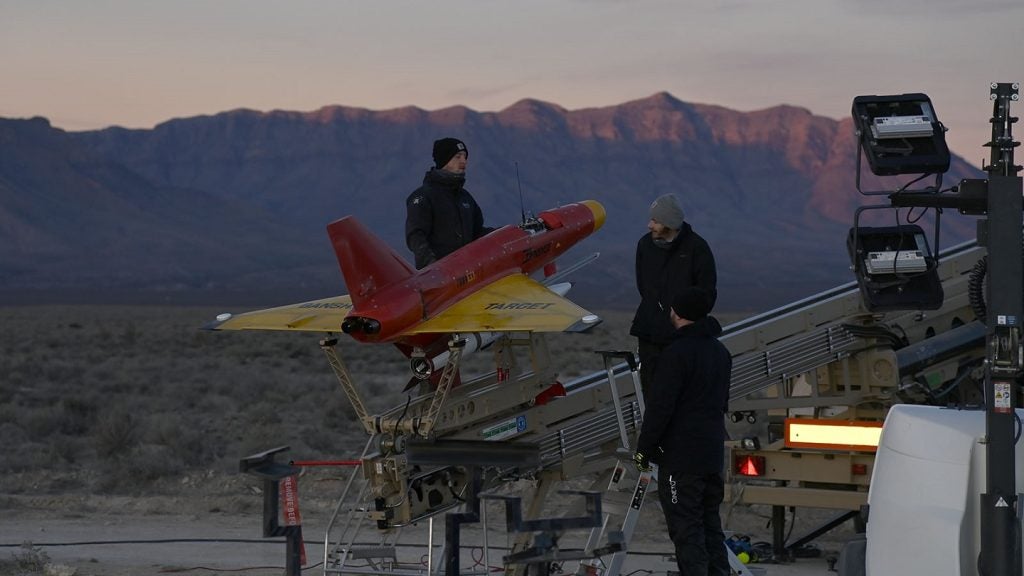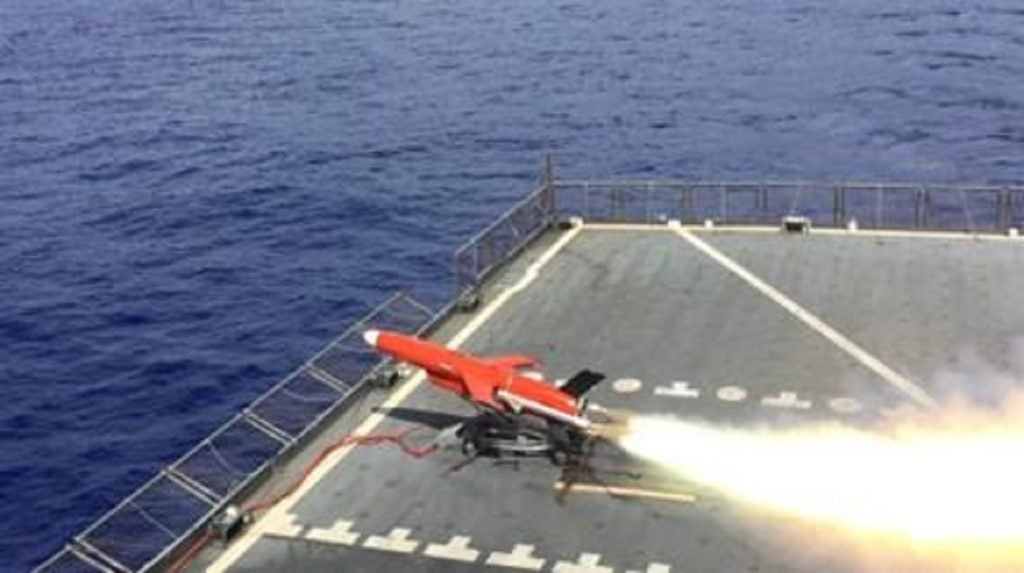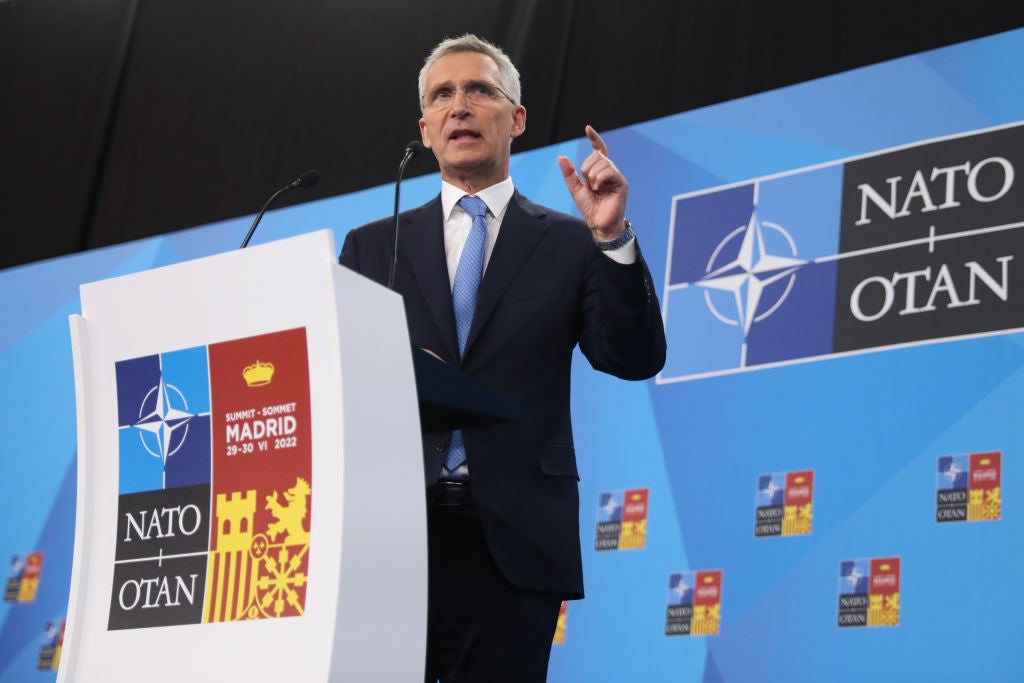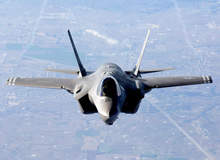
In early August, the US Senate voted to terminate production of the F-22 Raptor, a fifth-generation fighter that uses stealth technology. The House of Representatives had earlier passed a similar vote, dealing a blow to the prime contractor Lockheed Martin and many other companies in the US working on the aircraft. The setback has, however, been cushioned by the knowledge that Lockheed and other firms will be kept busy producing the joint strike fighter (JSF) or F-35. Indeed, Lockheed has already pulled some engineers and other workers from the F-22 to the JSF programme, despite work continuing on the F-22 until the 187 aeroplanes on order are built.
The US military has ordered 2,443 F-35s, while combined orders from foreign countries could amount to a similar amount. Lockheed expects the F-35s to cost between $40m to $60m. But like almost all other big weapons programmes, the F-35 has been hit by delays and rising costs since the development contract was awarded in late 2001.
The US Government Accountability Office says that each plane is now likely to cost $130m, which is still much lower than the $200m to $300m cost of the F-22. In July, Deputy Secretary of Defense William Lynn ordered analysts to re-examine the F-35 and prepare a realistic assessment of its cost. Whatever conclusion they reach, the JSF will certainly be the world’s costliest weapons programme and will earn billions of dollars in profits for Lockheed.
In the money
Lockheed Martin is developing the F-35 with its principal industrial partners, Northrop Grumman and BAE Systems. Two separate, interchangeable F-35 engines are under development: the Pratt & Whitney F135 and the GE Rolls-Royce Fighter Engine Team F136. Three types of the JSF are to be built, one with a vertical take-off and landing capability that will be used by the marines, another with a conventional take-off capability dedicated to the air force and an aircraft carrier variant for the navy.
See Also:
Lockheed is planning to build all three types on one assembly line – an engineering challenge that no military plane builder has previously faced. Despite this, it appears confident that it can surmount any obstacles.
How well do you really know your competitors?
Access the most comprehensive Company Profiles on the market, powered by GlobalData. Save hours of research. Gain competitive edge.

Thank you!
Your download email will arrive shortly
Not ready to buy yet? Download a free sample
We are confident about the unique quality of our Company Profiles. However, we want you to make the most beneficial decision for your business, so we offer a free sample that you can download by submitting the below form
By GlobalDataLockheed Martin executive vice president and F-35 general manager Dan Crowley says production is currently being ramped up. “The F-35 programme is on the cusp of a tremendous expansion in flight testing as a large number of new aircraft will enter the test fleet this year and early next year,” Crowley says. In addition, Lockheed says that the F-35 will move out of the development phase and will reach full production in 2014, two years ahead of a forecast by the Defense Department’s joint
estimate team.
Other defence officials are more optimistic and believe the aircraft is on track. US Air Force Brigadier-General and deputy programme executive officer for the F-35 programme office CD Moore recently said that the programme is on schedule and that there would not be any further delays. He was quoted as saying that the various variants will reach initial operational capability in 2012, 2013, and 2015 for the marines, air force and navy, respectively.
Revolutionary features
The F-35, incorporates some revolutionary features including, most strikingly, sensors that create a 3D depiction of the world around the plane, which is displayed on the inside of the pilot’s visor. Lockheed F-35 air system development vice-president Eric Branyan says that the aircraft have features never seen before.
“The pilot can look down through the bottom of the aircraft and it enables the pilot to see objects on the ground or behind a wing or a tail – something not possible on a legacy aircraft,” he says.
The F-35 does, of course, have its critics. There are those that say that by trying to do so many things, it ends up doing nothing very well. Critics argue that the JSF is too fast for ground support missions, carries too small a payload to be an effective bomber and is not nearly as manoeuvrable in dogfights as other planes.
Its proponents argue though that its combination of technology, speed and stealth leaves other aircraft dead and that since it evades radar it won’t get into dogfights. One thing is certain. Lockheed, the US military, and many other governments around the world now have a lot of eggs in this one basket and can’t afford to let the F-35 prove a failure.



